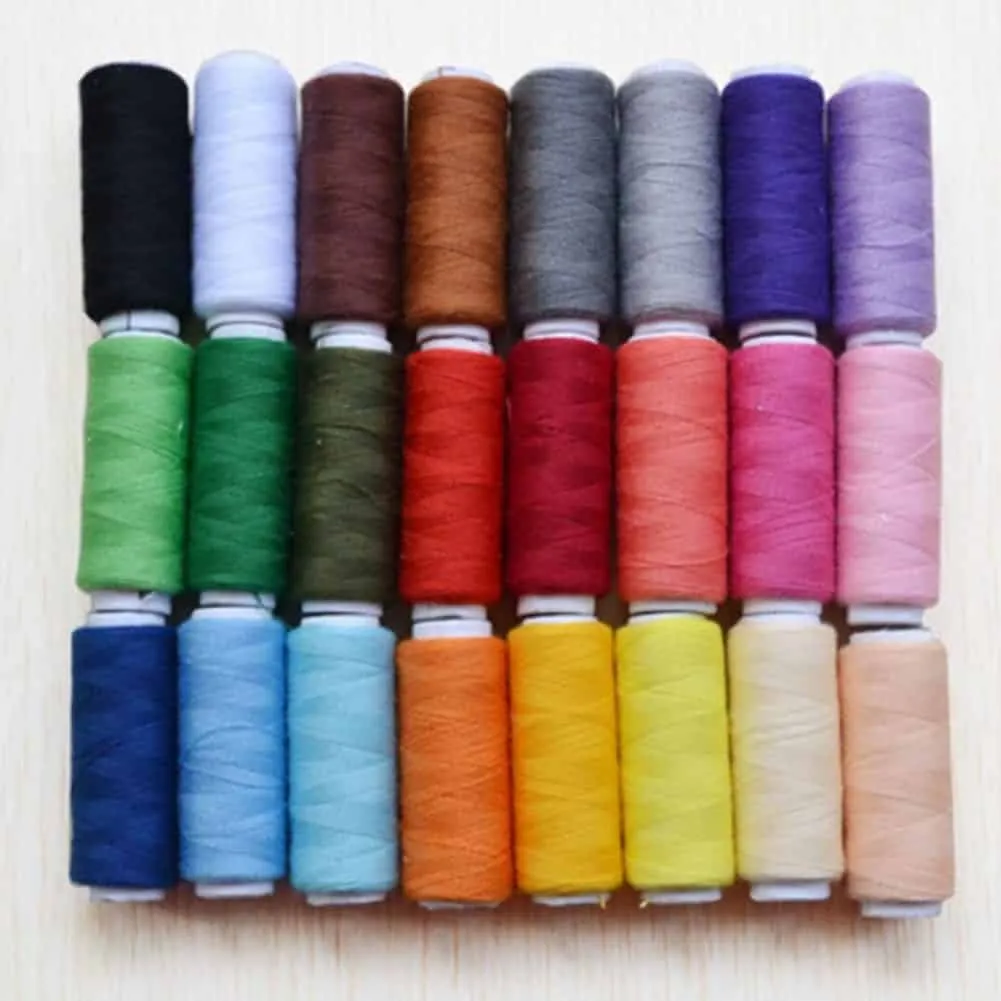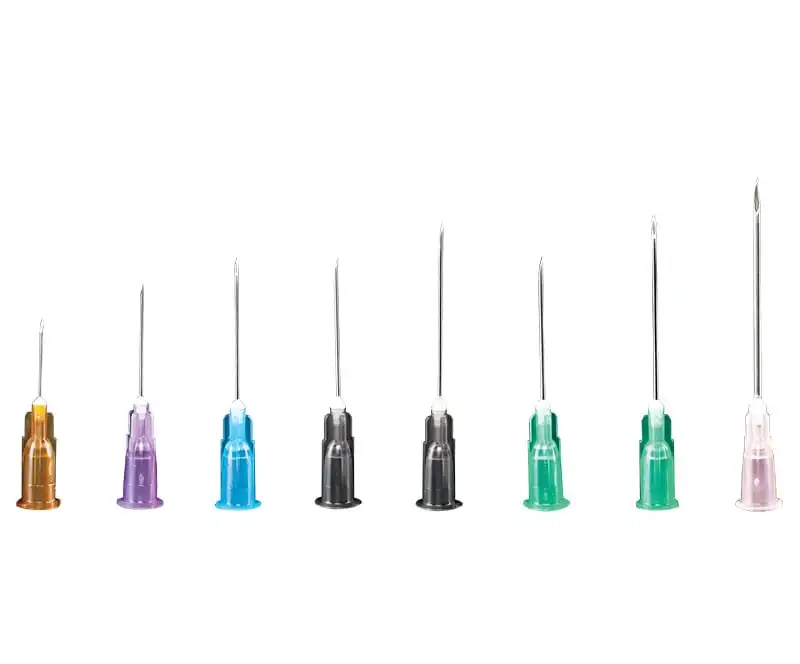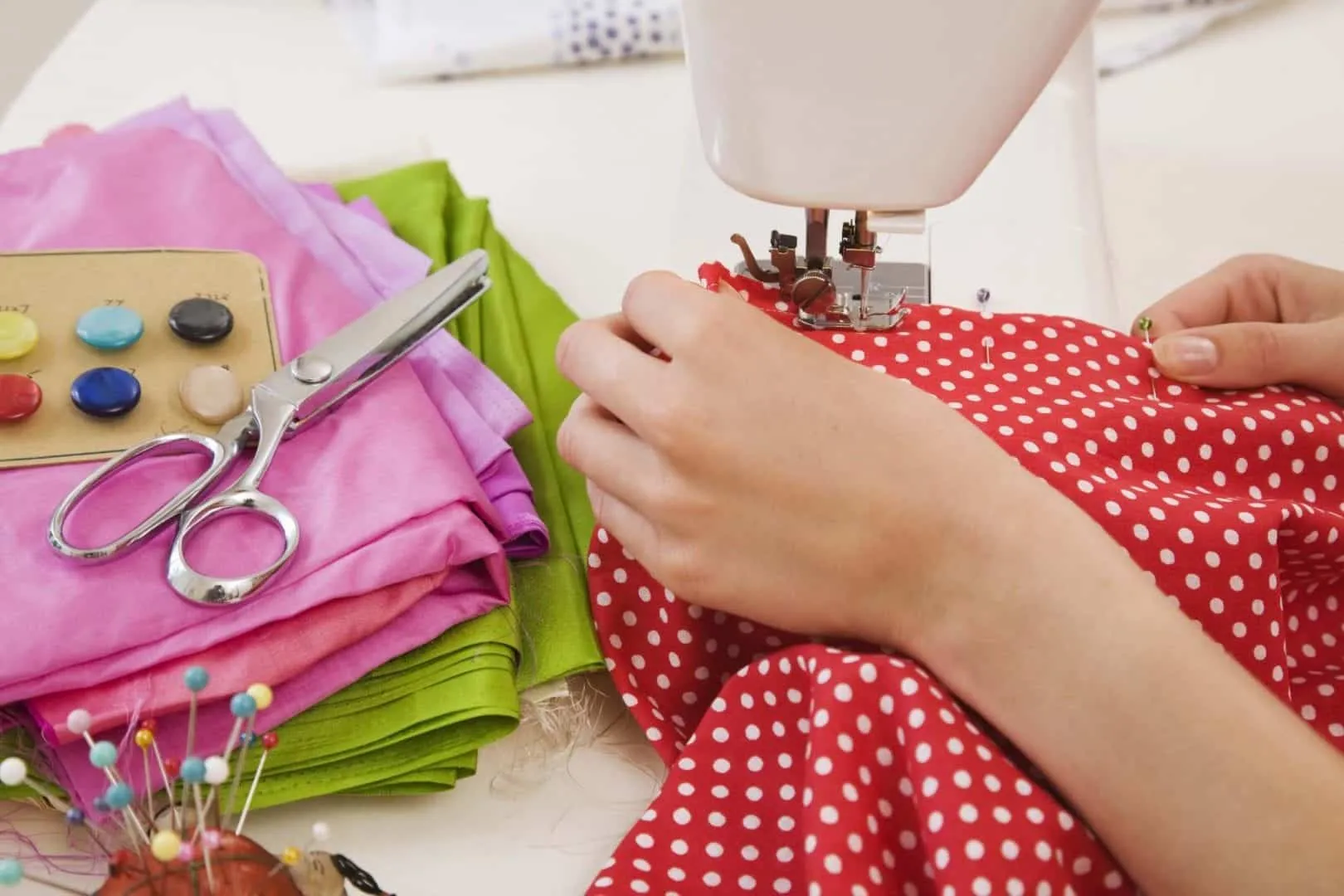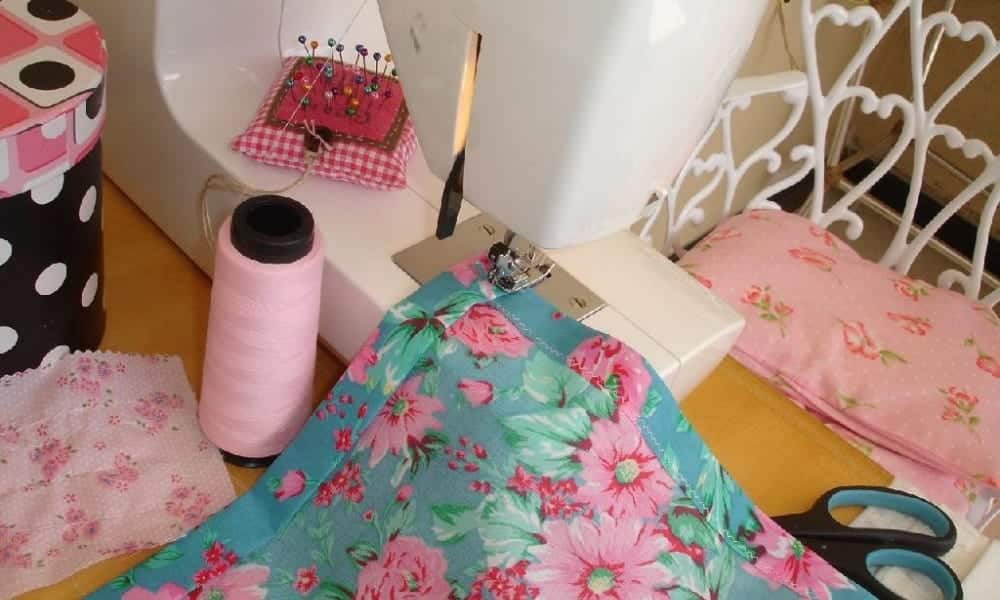Learning to sew can, in addition to being a pleasurable activity, become a hobby that, if you really want, generates extra income.
The world of sewing is huge. It is ready to be explored by a new adventurer. One thing is certain: it is not impossible, not even close to difficult, to learn how to sew.
The reasons that may lead you to learn to sew are varied. Some women choose sewing as a new hobby, capable of relaxing and even having fun. Others find sewing a source of income, which can either be an extra source or a main form of capital input.
But maybe you’re still in doubt. At this point you should be weighing the pros and cons, and checking whether you are motivated enough to become a seamstress.
If you decide that you really want to venture out, and finally learn to sew, we will help you once and for all.
Check out 10 steps to get you started learning to sew
1 – A good pair of scissors

It may seem obvious, but there are many people who underestimate the power of good scissors. She will be his faithful squire during his new life as a seamstress.
You will need a pair of fabric scissors. From the moment you buy yours, you will need to keep in mind that it is used solely and exclusively for this purpose. If you use it for another purpose, you may end up making it unusable for cutting fabric.
2 – Organization

Despite being very excited, you need to calm down. This is because you will need organization. First of all, have a place of your own to sew. Secondly, have all the materials you will use close to you, so you don’t have to look for them and get them up all the time. Thirdly, have extra materials ready in case you need them. For all of this to work, organization will be necessary.
3 – Corner

Remember I talked about organization? You will need it again to store your sewing materials. As already mentioned, all sewing materials should be stored in the same place, and close to where you will be sewing. This will save you time and make the entire work more fluid and effective.
4 – Wet the fabric

Most fabrics shrink after the first wash. That’s why, before you start sewing, you must wash the fabric. This will bring him back to the normal size he will be from now on. This will avoid the risk of selling a piece that will change size after being sold to a customer.
5 – Follow the mold

In cutting and sewing, the cut is as important as the sewing. A poorly sewn fabric will be a total waste, as the fit will be poor. Cut the cloth very calmly, following the pattern instructions and cutting exactly where requested.
6 – Basting

Before taking your fabric to the machine, you need to baste it. This process, often ignored, helps hold the fabric in the right place when sewing the fabric. Prior basting serves to observe the fit of the piece on the body and, if necessary, make adjustments. Basting is “provisionally adjusting or sewing with large stitches what must then be sewn with a fine and definitive stitch”, according to the dictionary.
7 – Iron the piece

Ironing the piece is a difference in the final finish. Ironing the fabric makes the work look professional. If the fabric is more delicate, pass with another one underneath it. This will make the seam tighter and the creases more defined.
8 – Pinning

Some types of fabrics and pieces do not need to be basted. In these cases, it’s always a good idea to have pins nearby. They will give the piece more stability during the sewing process. To avoid making mistakes, follow the instructions on the pattern.
9 – Finishing

Finishing is the part of the sewing process that separates a good seamstress from a bad one. Remove excess thread, iron the pieces carefully, leaving no bits of basting. These practices are carried out when finishing and are essential for good sewing.
10 – Patience

Like everything you decide to do in your life, patience is essential. Making mistakes is natural, and even after you have sewn 100%, you will make mistakes here and there. But especially in the beginning, cover yourself without exaggeration, and be patient so you can move forward and become better every day.
Did you like this article? Then you’ll also like this one: Mom uses old shirts to make dresses for her daughters and the results are incredible
Source: Family




